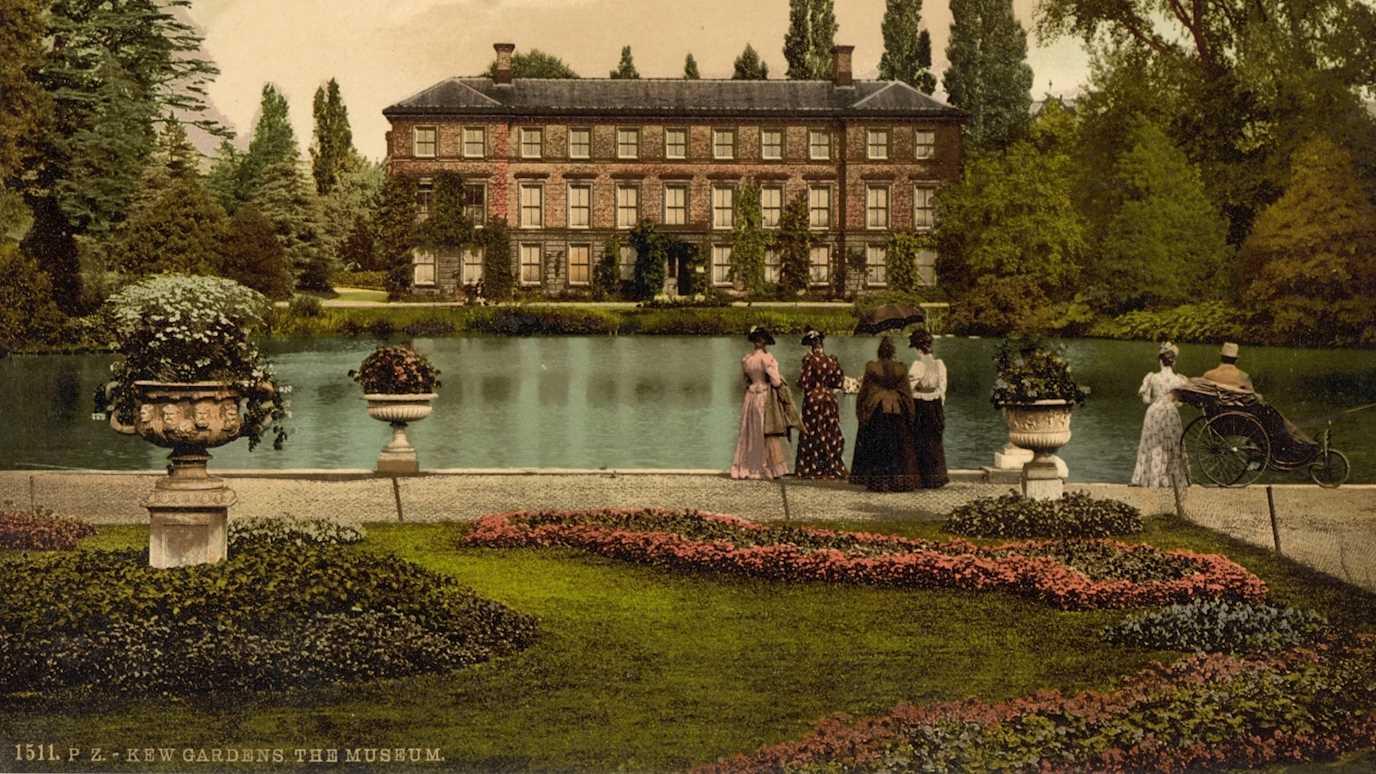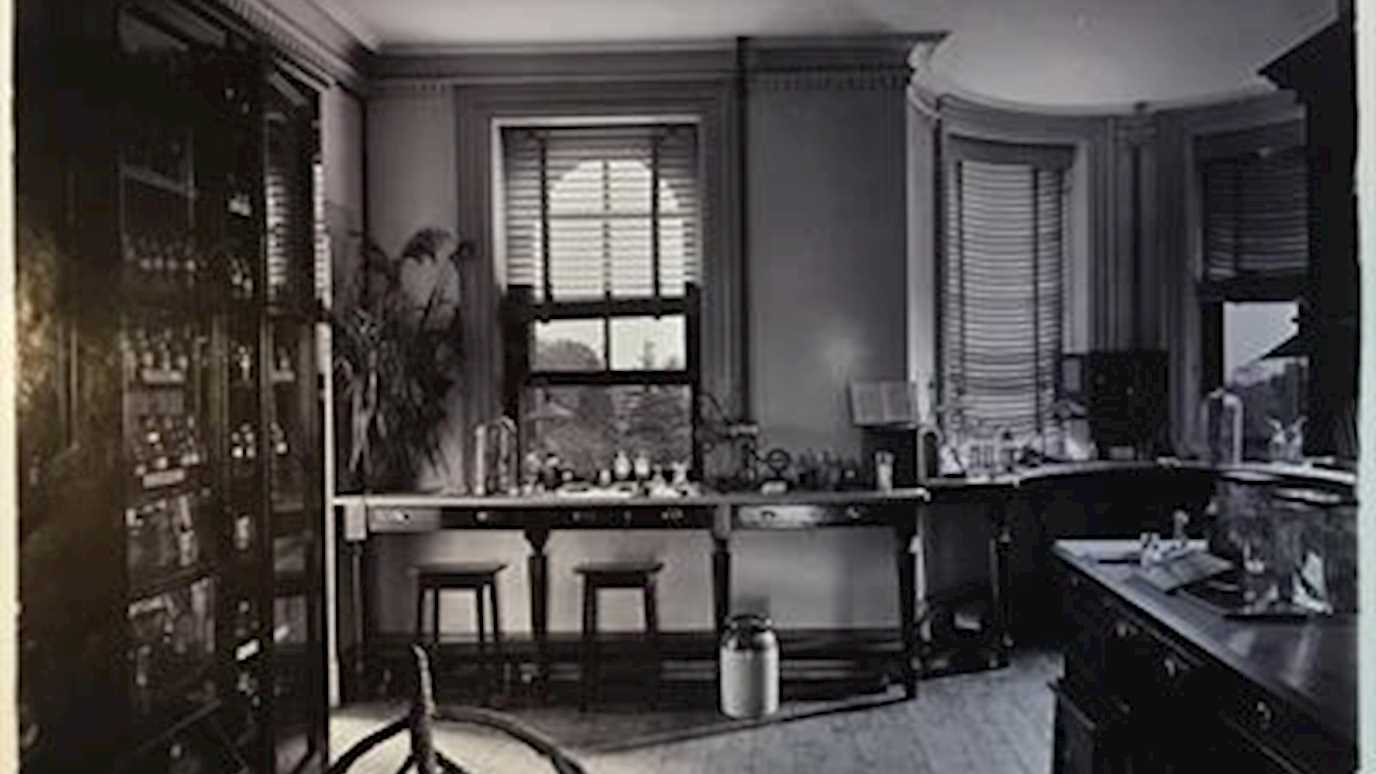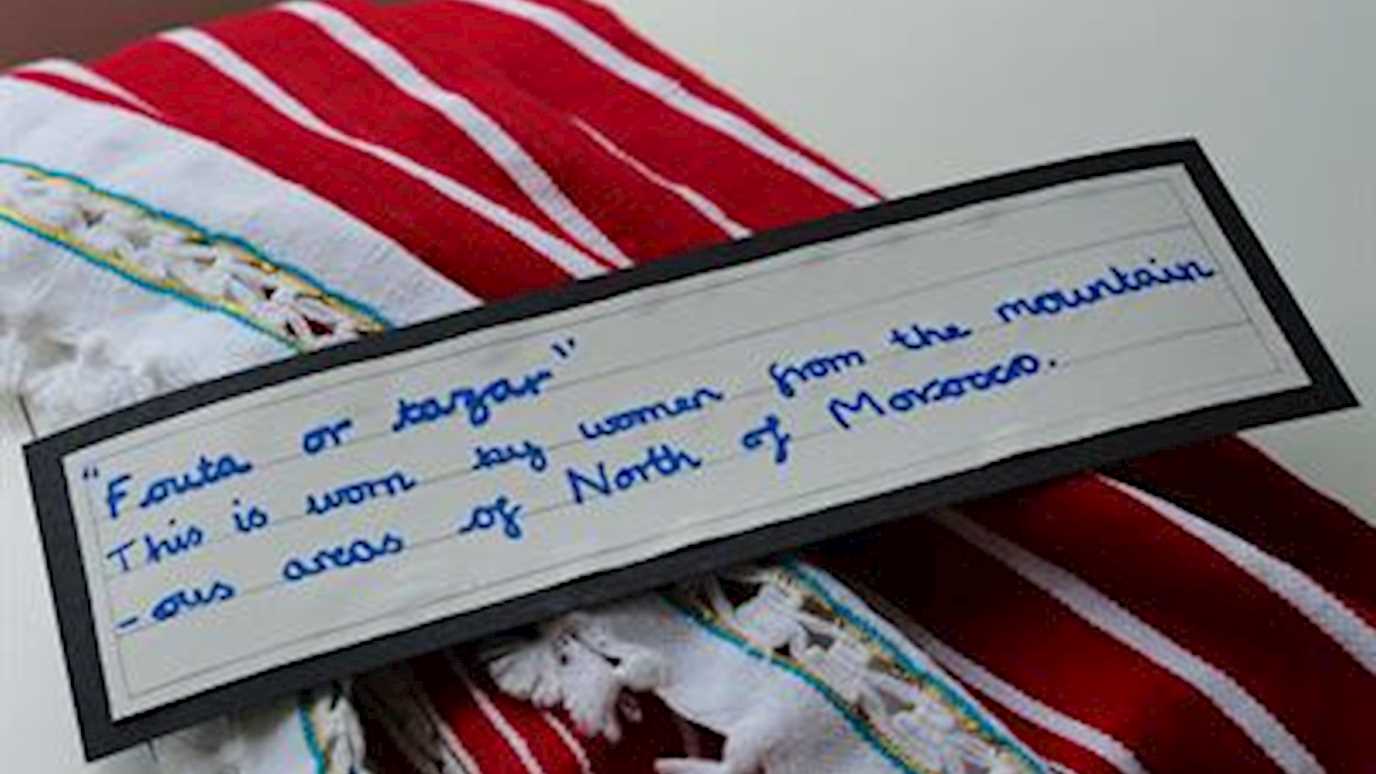Posted on 26/05/2017 by Beth Wilkey, Project Officer
The life cycle of an object
This wooden, glazed container is known as a Wardian case and was used in the 19th century to transport living seeds and plants all over the world. Before its invention plants often didn’t survive long journeys overseas. Some collectors were cheated out of money as gatherers in the field were often paid before the material returned, and the recipient discovered the seeds would never germinate and the plants were no longer alive.
Kew used Wardian cases to receive plant specimens and we have one surviving in the Economic Botany collection at Kew today. It wasn’t just live plants – the Economic Botany collection holds significant cultural objects, fibres, woods and medicines which were collected alongside the living plant material.
During the 19th and 20th century Kew was a crucial hub of plant knowledge exchange. Collectors would send their specimens to Kew from all over the world; Kew would request, receive, identify, store and research this plant material, and communicate findings to the rest of the scientific world. Other museums and institutions would write to Kew asking for objects or specimens to build their own collections or use them for individual research, and Kew was happy to oblige.
The idea of an institution actively acquiring objects for the very purpose of transferring them elsewhere (and doing this almost immediately after first receiving them) was relatively new to me, until I came to Kew and learned more about the fluidity of museum collecting in the past, with its active practice of exchange.
Kew recorded all incoming material in museum entry books. Some material was then kept in the Kew collections and accessioned, and some was distributed to others, being logged meticulously in museum exit books when it left.
The nature of these disseminated objects varied. Some came to Kew, were not kept, and were sent out into the world again. Others were duplicates – with Kew keeping one, and then sending identical items to others. Sometimes a specimen was even cut into pieces (for example, fibres, or a piece of matting) with Kew keeping one or more pieces and transferring the rest of the specimen elsewhere.
A key focus of our project is reuniting these objects by finding out where all of these objects and specimens are now. Have the objects been transferred to other institutions in the mean time? How have they been used for research? Have they been displayed in any exhibitions or loaned out? Have new meanings been discovered? Have source communities been able to access them? How are the objects classified now? Bicocultural is a broad term covering specimens and objects of plant and animal material used and valued by people. Kew used, and still uses, the term ‘economic botany’ for the study of useful plants, and many other museums now classify this material as either natural sciences, or world cultures.
We look forward to sharing the next stages of these exciting object journeys as we discover them.
























